The team of Academician Zhao Dongyuan of Fudan University/IMU published the result of their research in Matter with the title Bimodal Ordered Porous Hierarchies from Cooperative Soft-hard Template Pairs on August 23, 2023.
The research reports a cooperative soft-hard hierarchic assembly strategy combining soft micel (tri-block surfactant F127 polydopamine) and hard rigid particles (colloid SiO2), which avoids the current non-conformity of soft micel assembly in metastable state, realizes integrated assembly and preparation of bimodal ordered porous structure of multiple mesoscopic units, and yields products with highly controllable and ordered bimodal regularity and excellent porosity.
The thesis has Academician Zhao Dongyuan and Lan Kun as the correspondent authors and Liu Lu as the first author.
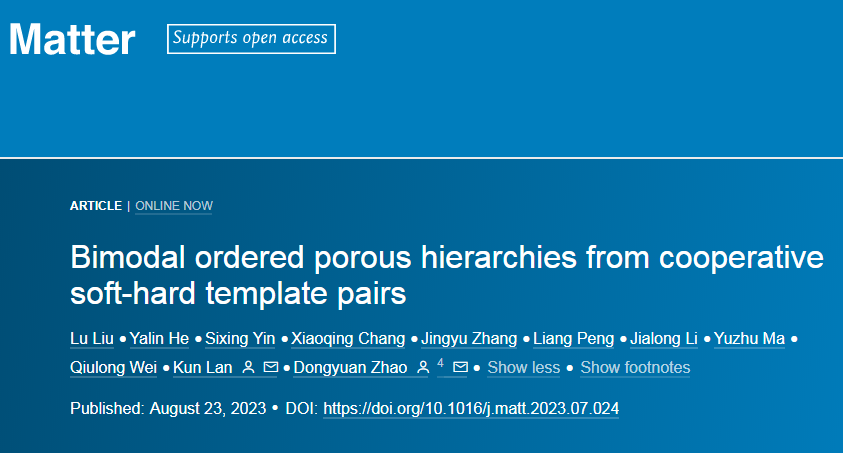
As a kind of new nanostructure material, 3-dimensional superlattice consisting of ordered nanoparticles attracts much attention with its potential for extensive application in electronic-photo components, catalysts and energy conversion and storage. The property of superlattice materials can be regulated effectively through rearranging the cooperative function of integrative nanoparticles to form various formations, shapes and sizes. However, despite the numerous rigid basis superlattice structure, the assembly of soft materials such as super molecular micels into multimodal ordered or complicated hierarchical structure is nevertheless quite challenging, and the multiple and multilayer assembly of mesoscopic units is also the key to in-depth exploration into mesoporous materials.
In the process of their studies, the team of Academician Zhao Dongyuan proposed a soft-hard cooperative hierarchical assembly method by which mesoscopic structures with multiple orderliness can be built by assembling the two structure units, i.e. soft micel (tri-block copolymer pluronic F127/polydopamine) and the hard rigid particles (SiO2 nanosphere) in turn into ordered mesoscopic structure and photon crystals. The introduction of SiO2 hard plates can not only tactfully avoid the incompatibility of soft-soft pairs and produce ordered colloid crystals, but also retains its full interaction with F127/polydopamine, thus ensuring the formation of bi-peak ordered structure. The multi-layer porous structure thus produced has excellent porosity (with high specific surface area of 286m²°g-1 and pore volume of 0.31 cm³ g-1) and high binary orderliness in mesoscopic and macroscopic dimensions. In addition, the macropore-mesopore carbon thus obtained exhibits excellent override, circulation property and rapid pseudocapacitance and charge transfer dynamics in sodium ion storage.
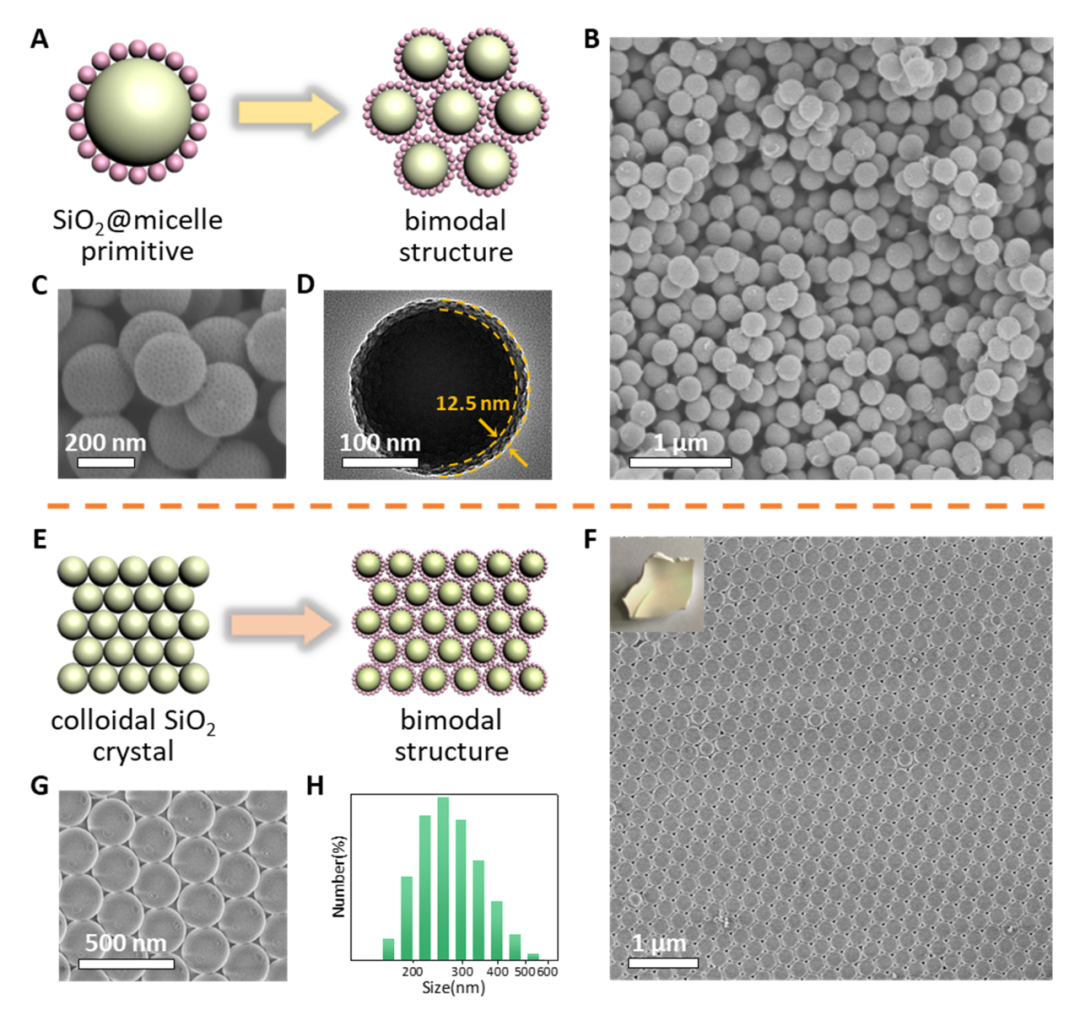
Fig. 1: The preparation of SiO2-carbon compound materials and colloid SiO2 unis
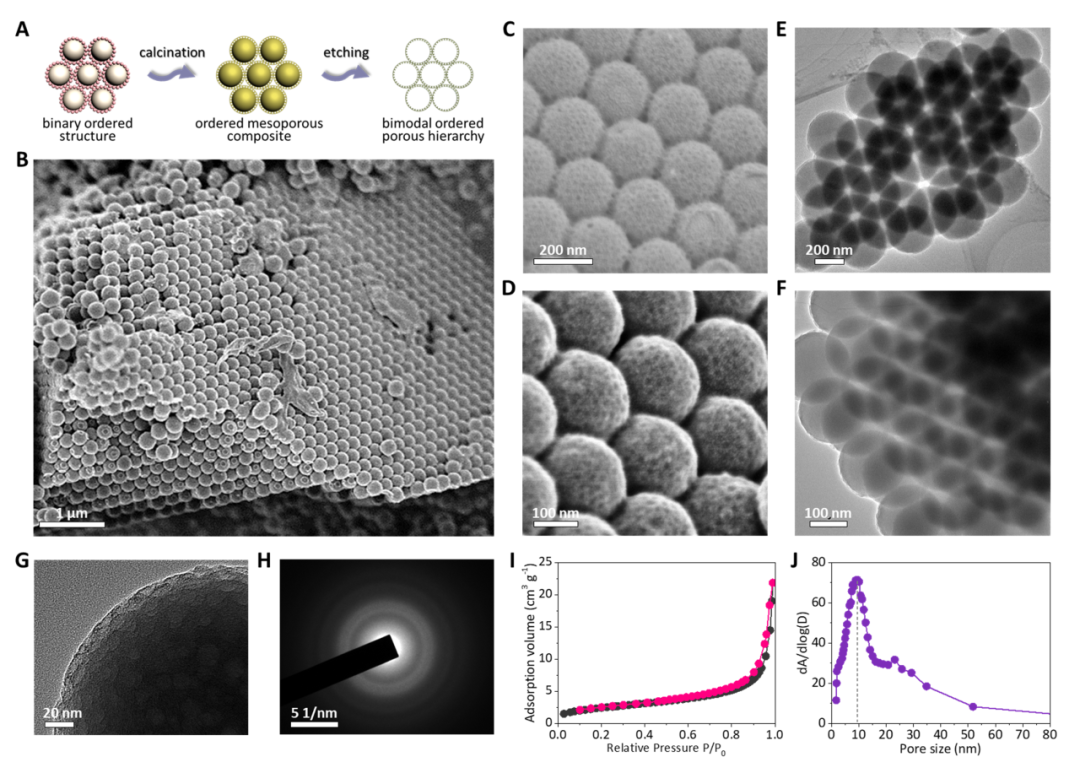
Fig. 2: Assembly of binary ordered porous structure
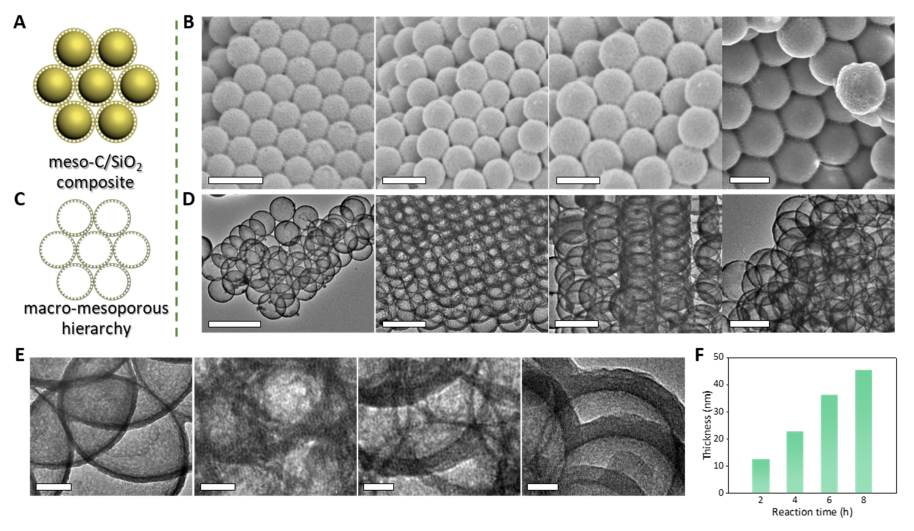
Fig. 3: Precise structure control of ordered binary porous structure
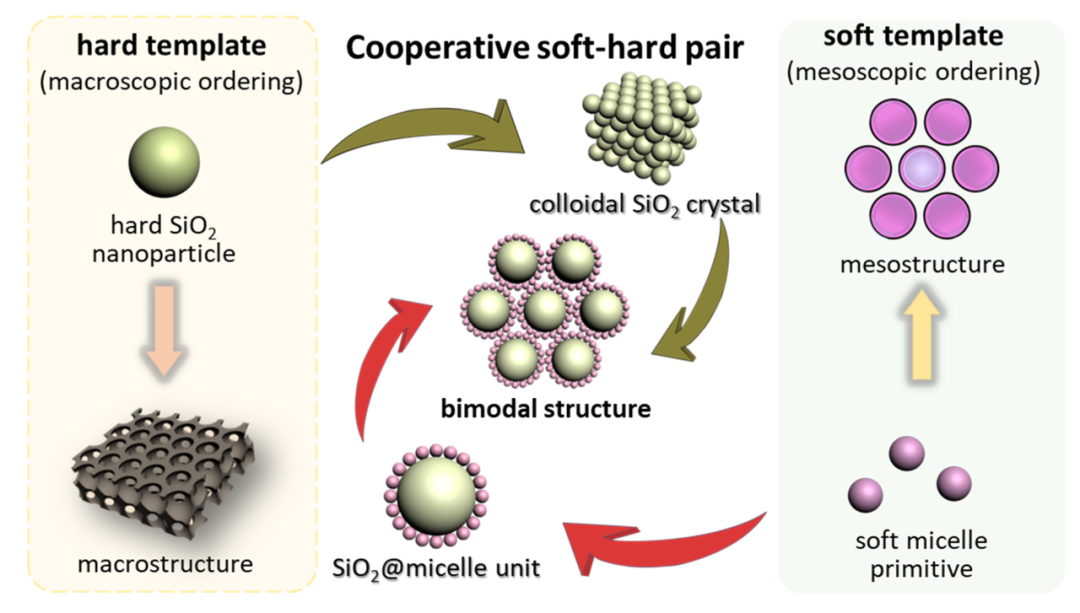
Fig. 4: Assembly of cooperative soft-hard template pairs
This research project is expected to provide certain inspirations for the assembly and production of mesoscopic structure, multidimensional nanostructure and complex hierarchical structure.
Information related to the thesis:
https://doi.org/10.1016/j.matt.2023.07.024

